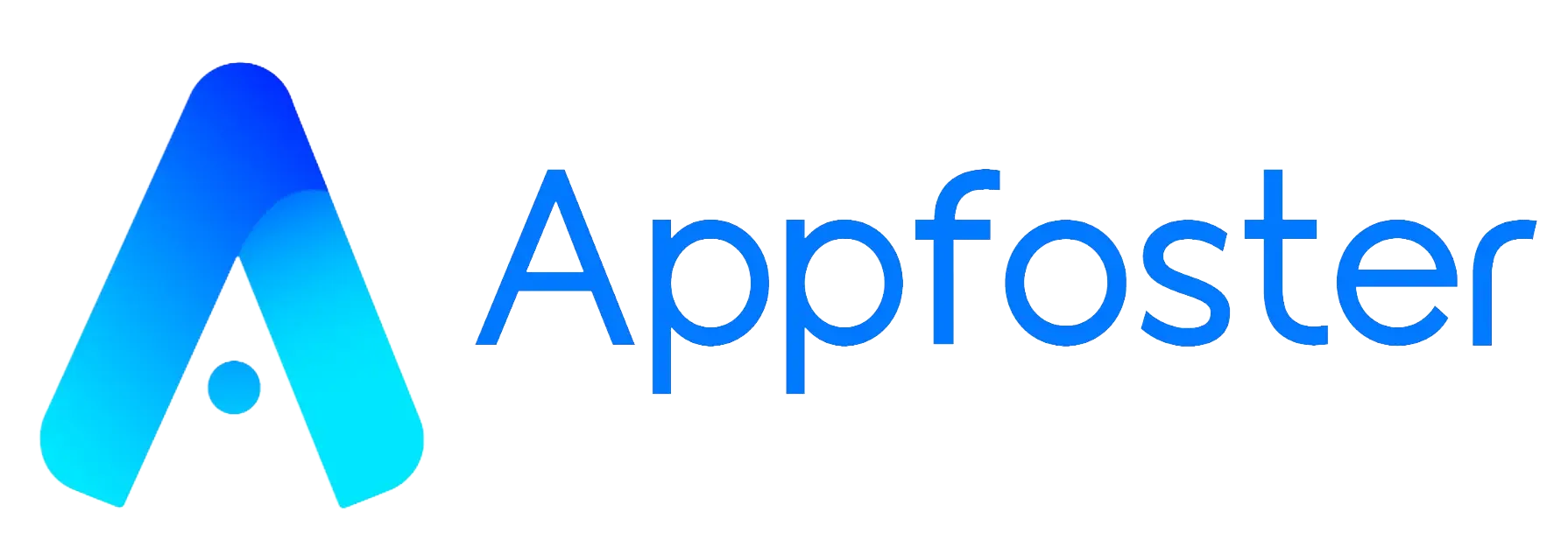Choosing the Best Chatbot Platform: Dialogflow, Amazon LEX, or RASA?

In the world of chatbots, picking the right platform is a critical decision. Dialogflow, Amazon LEX, and RASA are the front-runners, each with its strengths. In this guide, we’ll break down their features, helping you make a smart choice for your business needs. Let’s navigate through the options and ensure your chatbot is a perfect fit for seamless interaction and efficiency.
What is a chatbot?
A chatbot, in layman’s terms, is a program designed to converse with humans, humanly. More specifically, chatbots are programs with thousands of gigabytes of training and contextual knowledge, which makes conversing with them uncannily similar to human texting.
One of the most popular chatbots is ChatGPT, which you must’ve surely heard of, a Large Language Model AI chatbot designed to simulate conversation with a human with tons of knowledge. ChatGPT can benefit the general population as it isn’t specified for use as a bot for industrial or scientific purposes.
These chatbots build on LLM models, signifying Large Level Language, where the program receives extensive data on a specific topic, a group of topics, or general knowledge. Some of the most popular LLM platforms for developing AI chatbots are Dialogflow, Amazon’s LEX, and Rasa. Read further to know more about them.
Dialogflow

Dialogflow is one of the most extensively refined and technologically advanced platforms for developing conversational AI programs. Bought by Google in 2016, DIagflow has since proved to be one of the most intuitive and diverse platforms for building virtual AI models. Moreover, the use of Dialogflow in Google’s own AI bot, Google Assistant, revolutionized the mobile AI assistant industry. Since June 2023, Dialogflow has been converted into a standalone open-source platform for developers to get their hands on one of the most extensive chatbot-building platforms. Now, developers exclusively use Dialogflow to build standalone chatbots with a specific use case in mind.
Pros
- Extensive collection of databases.
- Multi-platform support.
- Highly scalable.
Cons
- Extremely expensive.
- Extremely steep learning curve.
- Limited integration.
AWS LEX

Amazon’s chatbot designing platform, LEX is another frontrunner in the chatbot building space. Primarily being an AWS product, LEX is a versatile service that lets you build highly scalable and compatible AI chatbots with multilingual support. Moreover, LEX is also used to power the world-famous Amazon Alexa assistant, which is used by consumers worldwide. Amazon LEX helps developers build highly intuitive chatbots that can hold large amounts of context in multiple languages, which is a big deal for the AI industry.
Pros
- Not so steep of a learning curve.
- Dependable infrastructure management.
- Cost efficient.
Cons
- API support is lackluster.
- Not all major languages are supported.
- Web integration is complicated.
RASA
RASA, an industrial-grade chatbot development framework, suits industry-specific needs for both large and small-scale industries. In contrast, LEX and Dialogflow create nonspecific chatbots for low-level uses. The framework enables the integration of business logic and environment-specific training, facilitating the creation of various chatbots, each highly trained in a single industry area. RASA is more useful for building chatbots and assistants that are industry-specific and made for scientific or business purposes.
Pros
- Open-source projects help developers showcase their areas of expertise.
- Particular use case configuration.
- On-time updates.
Cons
- Complex for people dealing with an unfamiliar area of expertise.
- Lack of certain conversational AI elements.
- UI is difficult to get used to
Let’s have a quick look at the above chatbot platforms –
| Dialogflow | AWS LEX | Rasa | |
| Supported languages | 20 languages | English only | Any language |
| Pricing (per request) | 0.0002 USD | 0.00075 USD | free |
| Annual base cost | 292 USD (40 customers per day) | 110 USD (40 customers per day) | free |
| Ease of setup | No setup required | No setup required | Various components are required based on the use case |
| Ease of training | Cloud-based, fast, and convenient | Cloud-based, fast, and convenient | Dependent on the base infrastructure |
| Prerequisite knowledge | No NLP knowledge required | No NLP knowledge required | Requires extensive knowledge of NLP |
| Server Hosting | Cannot be hosted on servers, cloud-dependent | Cannot be hosted on servers, cloud-dependent | Can be hosted on server, infrastructure dependent |
| Integration ability | Out-of-the-box integration with Google Assistant, Amazon Alexa, etc | Out-of-the-box integration with Google Assistant, Amazon Alexa, etc | No out-of-the-box integration was given, but it is easy to integrate into some technologies |
Conclusion
Before diving into any one of these frameworks, ask yourself what demographic you want to cater to, and what sort of service you want to offer.
If you want a highly capable framework that allows you to build highly dependable and intuitive AI chatbots with a large context memory and conversational abilities, you should consider Dialogflow.
If you want to build a chatbot with extensive conversational abilities and higher computational support along with cross-platform support, you should consider Amazon LEX
Lastly, choose RASA if you want to build an AI assistant that has expansive knowledge of one or a few specific industries, is powerful enough to perform real-time operations, and can be repurposed easily.
Moreover, if you’re someone starting your business and want to implement one or more AI technologies in your framework, Appfoster is the perfect choice for you. Contact us today for our extensive AI chatbot development services that can help you lay the foundation for building an unshakeable business portal.



